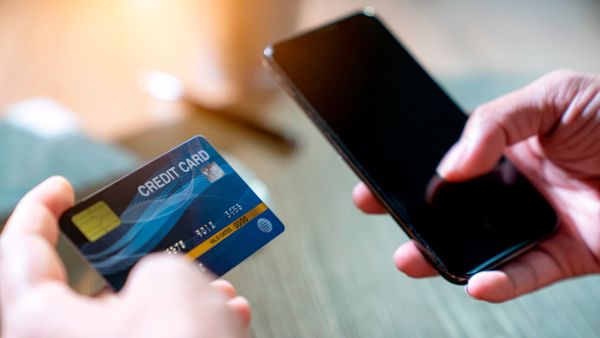Be prepared -- Google is getting ready to pick your pocket. Well, not literally. The company is hoping to convince you to trade in your blasé billfold for a digital counterpart called Google Wallet.
A digital wallet is an app on your phone or other mobile device that allows you to store virtual versions of items you would normally find in a physical wallet, like credit cards, bank account information, gift cards, coupons or customer loyalty cards, and even things like event tickets and boarding passes. The information may be stored either on the device itself or in the cloud, and can be used at bricks-and-mortar locations or online. In theory, it frees you up from having to carry around a host of material items, including money. In practice, it may be a little while before you can entirely forgo your tangible wallet.
Advertisement
The Google Wallet concept banks on a couple of spreading technologies, including smartphones and near-field communication (NFC). NFC is a short-range wireless technology that lends your smartphone all sorts of new capabilities.
For instance, you can use an NFC-enabled phone to pay for things, from parking meters and pet supplies to sandwiches and much more. Visit a merchant who's equipped with an NFC checkout system, and with your NFC smartphone you can complete what's called a contactless payment. Tap or wave your phone near the NFC terminal, enter your PIN (personal identification number) and you're done. You don't even need a paper receipt because the store can send an electronic copy directly to your e-mail account.
To get started, you download the Google Wallet app to your smartphone or tablet. Only a smattering of Android mobile devices have NFC as of mid-2013, but by 2014, some experts expect about half of smartphones to ship with NFC chips, and Forrester Research foresees more than a quarter of phones in the US having the technology by 2016 [sources: Technorati, Mobile Payments Today, Chapman].
However, even if your current phone has NFC, your cellular carrier must also enable your device to use NFC with a digital wallet, and most carriers are not doing this. As of June 2013, only Sprint, Virgin Mobile, US Cellular and Metro PCS offered any smartphones that work with Google Wallet and NFC in the U.S. These include devices from Samsung , LG and HTC. The Google Nexus 7 And Google Nexus 10 tablets also allow you to use NFC.
If you don't have a compatible phone and carrier, you can sign up for Google Wallet online. You can basically use the service to speed through checkout at sites all over the Web, as well as for some other non-NFC uses that we'll discuss shortly.
Once you have downloaded the app or signed up online, you can set up Wallet with your credit cards, gift cards, loyalty cards and more so you'll have the option to pay with whatever source you choose. Of course, to use Wallet at all, you need to find stores that actually have the equipment to read the NFC chip in your phone.
Google anticipated this infrastructure problem. Rather than build a proprietary network of terminals, the company made Wallet compatible with MasterCard's PayPass system, which is already available at around 200,000 locations in the U.S. [source: Google]. Major chain stores including Walgreen's, Subway, Jamba Juice, Macy's, Footlocker, Old Navy, American Eagle Outfitters, CVS and Radio Shack are already on board with the Wallet concept and will soon have NFC readers if they don't already.
Quick, painless payments are only one component of Google Wallet. On the next page, you'll discover Google's ultimate plan: to totally replace your analog leather wallet (perhaps to the great relief of cows everywhere).


